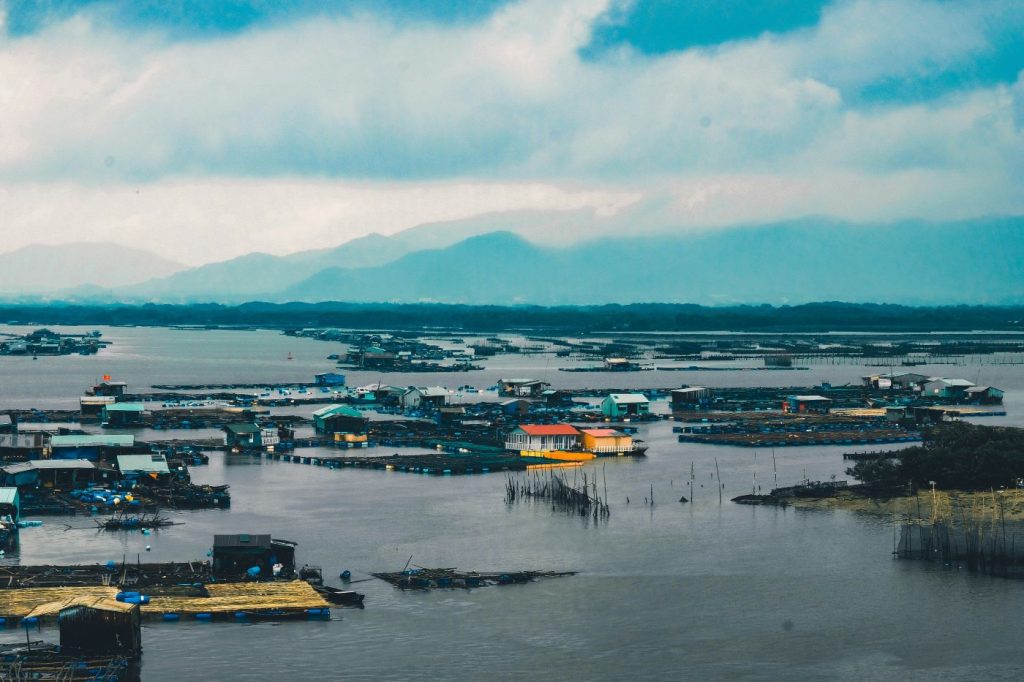Exploring how to finance innovative solutions to help people adapt to climate change and disasters is at the heart of what NATURANCE does. Though the focus of the project is to finance investments in Nature-based Solutions, it is but one of many angles to address this challenge. Each time another natural disaster hits, it is clear we need a myriad of solutions to meet the complex needs of communities.
One area in dire need of innovative solutions is flood insurance, where there is a growing gap in coverage: renters and low-income residents lack affordable coverage and, in the most at-risk areas, the cost of coverage rises each year. Following the back-to-back Hurricanes Helene and Milton in the United States, widespread economic losses and pressures on insurance have everyone asking: how can we continue insure loss in a rapidly changing climate?
This question is coming to a head in high risk areas affected by these storms like Florida, where many of the nation’s biggest private insurers have already exited the market. As a result, it is often insurers of last resort who are responsible for paying out disaster claims-but not without challenging limitations. The Florida state-backed non-profit insurer, Citizens Property Insurance is allowed by state regulations to add a premium surcharge in order to make payments, including when threatened with insolvency. And the federal National Flood Insurance Program will likely need reauthorization from Congress in order to make the payouts from recent Hurricanes. Flood insurance premiums can only continue to rise, and with more intense and frequent storms causing extensive losses, the problem is not going away.
In search of a solution that could provide fair and equitable protection against floods and other natural disasters, a new policy proposal from the Climate and Community Institute spells out what public disaster insurance could look like. In the report released last month, its authors propose the creation of State Housing Resilience Agencies, or what they call HRAs. According to the report, an HRA “would have two primary functions: to coordinate and oversee comprehensive disaster risk reduction activities in the state, and to provide public disaster insurance that offers fair and equitable protection” (page 76). The HRA’s work would be informed by public catastrophe risk models and a climate risk council, governed democratically, and supported by the federal government with cross-state collaboration. Under a public model, disaster insurance could be provided for everyone, not just homeowners, with pricing tied to income and coverage amount.
Putting the responsibility of disaster insurance in the hands of each state would allow for a more focused approach to risk management. With greater responsibility would come a chance for states to provide leadership in support of municipal governments making planning and investment decisions, guided in a democratic way that builds resiliency across the state. While the recommendations on HRAs are intentionally light on details, as each state would have different needs, the outline is compelling and the potential paths to inform future climate adaptation policy decisions are far-reaching.
Read a summary and the full report here.

